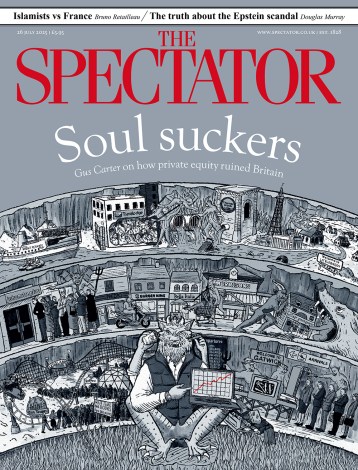‘It’s less risky to take risks’
A new arts centre with no public subsidy? Henrietta Bredin talks to its founder Peter Millican Let’s get one thing out of the way immediately — King’s (with an apostrophe) Cross in London is the location for the new and very splendid mixed-use office building and performance space, Kings Place, which has no business letting a misguided graphic designer decide to drop the apostrophe. It should be King’s Place, please. Now, onwards. This project is the brainchild of Peter Millican, a Northumbrian developer whose work has been, until now, mostly in and around Newcastle. He has wanted for some years to combine business and the arts in a single building,
